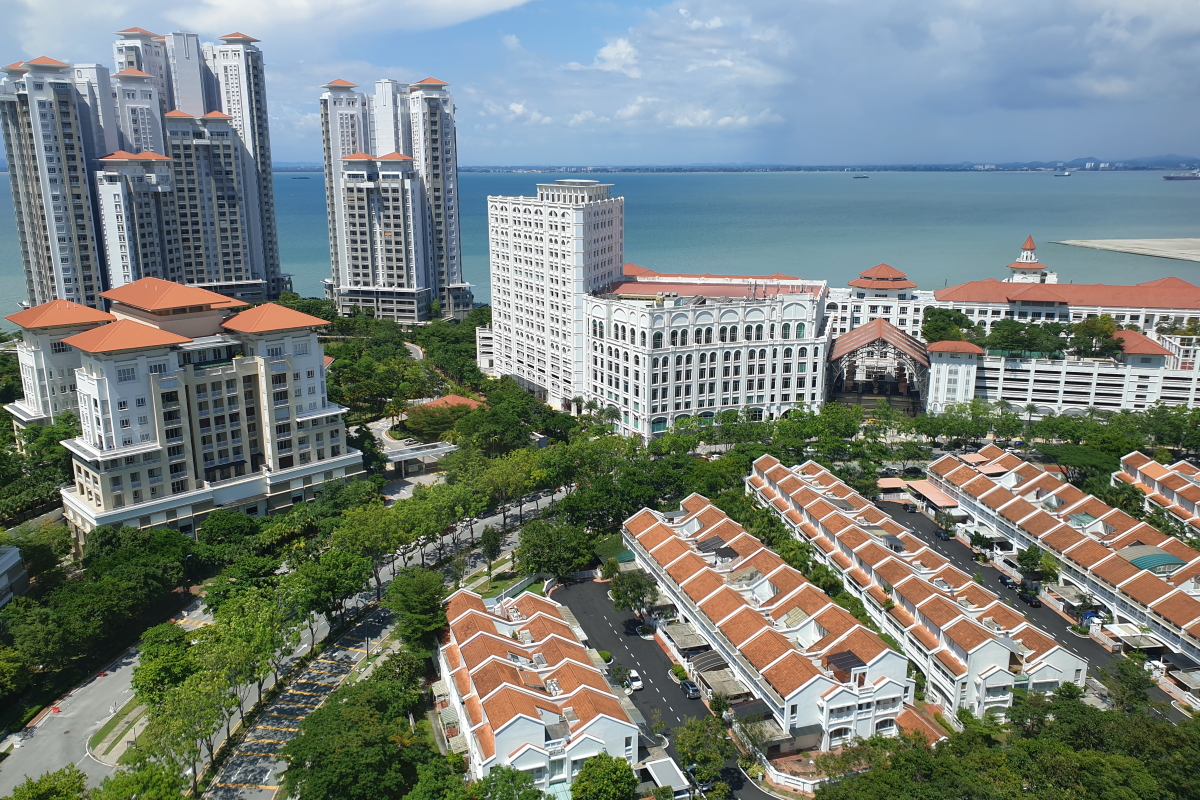Countries across the Asia-Pacific region are being battered by a rapid spread of the Delta variant and low vaccination progress. Most governments from the region have put a fresh set of lockdowns and travel restrictions in cross-border transactions, threatening the region’s economic rebound. However, APAC prime residential markets prices continue to rise through the pandemic storms.
Estate agency Knight Frank’s edition of the Q2 2021 Prime Global Cities Index revealed that prime prices across 46 cities increased at an average rate of 8.2% in the year to June 2021 – its strongest since 2008. Out of the 46 surveyed cities, 16 prime markets in the Asia-Pacific region (including Australia) recorded price growth. 13 cities registered double-digit priced growth up from just one year ago. Out of this, 5 cities were from Asia.
The top ten of the Prime International Residential Index (PIRI 100*) includes four cities from the Asia Pacific region. Backed by China’s swift economic recovery and strict handling of the pandemic, Shanghai ranked second in the index – after Toronto – as its average prices grew 21% YoY. This was followed by Guangzhou at the third spot, with a 19.8% annual percent change. South Korea’s Seoul stood at the fourth spot with a 19.6% rise. Taiwan’s Taipei came in at tenth position with a 14.9% change, while Manila from the Philippines scored 13th spot globally, recording a rise of 10.3%.
All the cities from Australia registered positive single-digit growth in the Q2 2021 period. Meanwhile, 11 cities globally recorded negative growth, out of which 6 cities, namely Delhi, Jakarta, Mumbai, Kuala Lumpur, Bengaluru, and Bangkok were located in Asia.
The estate agency attributes the 2021 price hike to an “easing of travel rules in some markets, a surge in safe haven purchases by domestic buyers, and an overall reassessment of lifestyles and commuting patterns, all set against a backdrop of low interest rates”.
In 2020, Knight Frank recorded an average price rise of 1.9% amid low borrowing costs and improved vaccine optimism, compared to 1.8% in 2019.
“We expect the prospect of rising interest rates, government intervention, and the withdrawal of stimulus measures to rein in the market’s exuberance in the second half of 2021,” the report states.
Furthermore, the Asia-Pacific region’s accelerating economic growth and rapidly increasing population of millionaires and billionaires have led to a growing demand for high-end residential properties and luxury markets. According to UBS, the APAC region is home to 831 billionaires, which is 38% of the world’s total.
Asia Pacific residential prices maintain growth
Forecasting yearly growth by 2022, Knight Frank in its July report stated that Australia’s housing market is outperforming, with Sydney expected to post the strongest growth in prices at 10% this year among 11 leading markets. Where Hong Kong is supposed to gain a 5% price rise this year, Singapore and Auckland prime prices are expected to grow 3% YoY.
Deep-diving into the performance of Asia Pacific’s residential markets, the report stated that the outlook for Kuala Lumpur’s housing market is improving. Singapore’s high-end or core central region residential market also turned around after a slight dip of 0.4% YoY in H2 2020.
New Zealand’s housing market continued to be one of the hottest property markets around the region. Meanwhile, Australia’s residential prices returned to pre-pandemic levels and are trended above the global average.
India’s housing market displayed a better-than-expected recovery in the H1 2021, as comparatively low residential prices, attractive interest rates, and the need for bigger and better houses amid the pandemic raised housing demand, preventing a larger decline in prices.
Reflecting strong demand from local buyers, Hong Kong’s residential market too remained robust with new launches and recorded sales growth.
Victoria Garrett, Head of residential Asia-Pacific at Knight Frank, said, “The residential recovery trajectory continues to be underpinned by strong domestic demand, attractive interest rates, and flight-to-safe-haven assets. Amid Covid-19 fears arising from the new Delta variant, home buyers and investors taking a longer-term view on the growth prospects on Asia are not deterred by the short-term volatility.”
* PIRI 100 tracks the movement in prime residential prices across 45+ cities. Prime prices are defined as the top 5% of the housing market in value terms.










 Australia
Australia China
China India
India Indonesia
Indonesia Japan
Japan Malaysia
Malaysia Philippines
Philippines Singapore
Singapore South Korea
South Korea Taiwan
Taiwan Thailand
Thailand Vietnam
Vietnam Germany
Germany Hong Kong
Hong Kong USA
USA Switzerland
Switzerland Singapore
Singapore
 United Kingdom
United Kingdom







